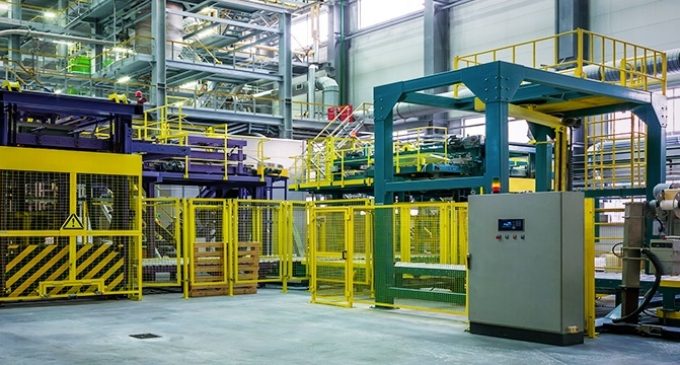Renewed downturn in Irish manufacturing performance as lower export sales hit total order books

September data revealed a setback for the Irish manufacturing sector as new orders fell at the fastest pace so far this year, following a brief rebound during August. Subdued global demand conditions and customer destocking were factors holding back new business intakes, according to the AIB Irish Manufacturing PMI for September 2023.
As a result, export sales resumed their downward trend in September, largely driven by falling spending by European clients. On a more positive note, a solid pace of job creation was maintained and manufacturers remain more upbeat about their year ahead growth prospects than seen on average in the first half of 2023.
Commenting on the survey results, Oliver Mangan, AIB Chief Economist, said: “The AIB Irish Manufacturing PMI survey for September showed a slight deterioration in business conditions in the month. The headline index fell to 49.6 from 50.8 in August, but remains well above the readings of 47.0 for July and 47.3 in June. Furthermore, the Irish PMI remains higher than elsewhere. The flash September Manufacturing PMI readings were again very weak in the Eurozone and UK, at 43.4 and 44.2, respectively, while the US index stood at 48.9.
 “A significant decline in new orders, following their brief pick-up during August, was the primary factor behind the weakening in Irish manufacturing conditions in September. Firms reported that destocking by customers and subdued global economic conditions weighed on demand. There was only a marginal decline in manufacturing production, though, with firms continuing to work through order backlogs, which helped maintain output levels.
“A significant decline in new orders, following their brief pick-up during August, was the primary factor behind the weakening in Irish manufacturing conditions in September. Firms reported that destocking by customers and subdued global economic conditions weighed on demand. There was only a marginal decline in manufacturing production, though, with firms continuing to work through order backlogs, which helped maintain output levels.
“In addition, there was another solid increase in employment, which rose at one of the fastest rates seen in the past year. Stocks of inputs and finished goods both showed only slight increases in September, with firms commenting on a need for tighter inventory management in response to the easing of supply chain issues. Meantime, there was a strong degree of optimism about the outlook for the year ahead, with confidence levels holding close to August’s six-month high.
“There was also a further appreciable easing of inflationary pressures in the sector. Input prices declined for the sixth consecutive month, helped by falling raw material and energy costs. The drop in input costs continued to be passed on in lower factory gate prices, which fell markedly at their quickest pace in nine years.”


























